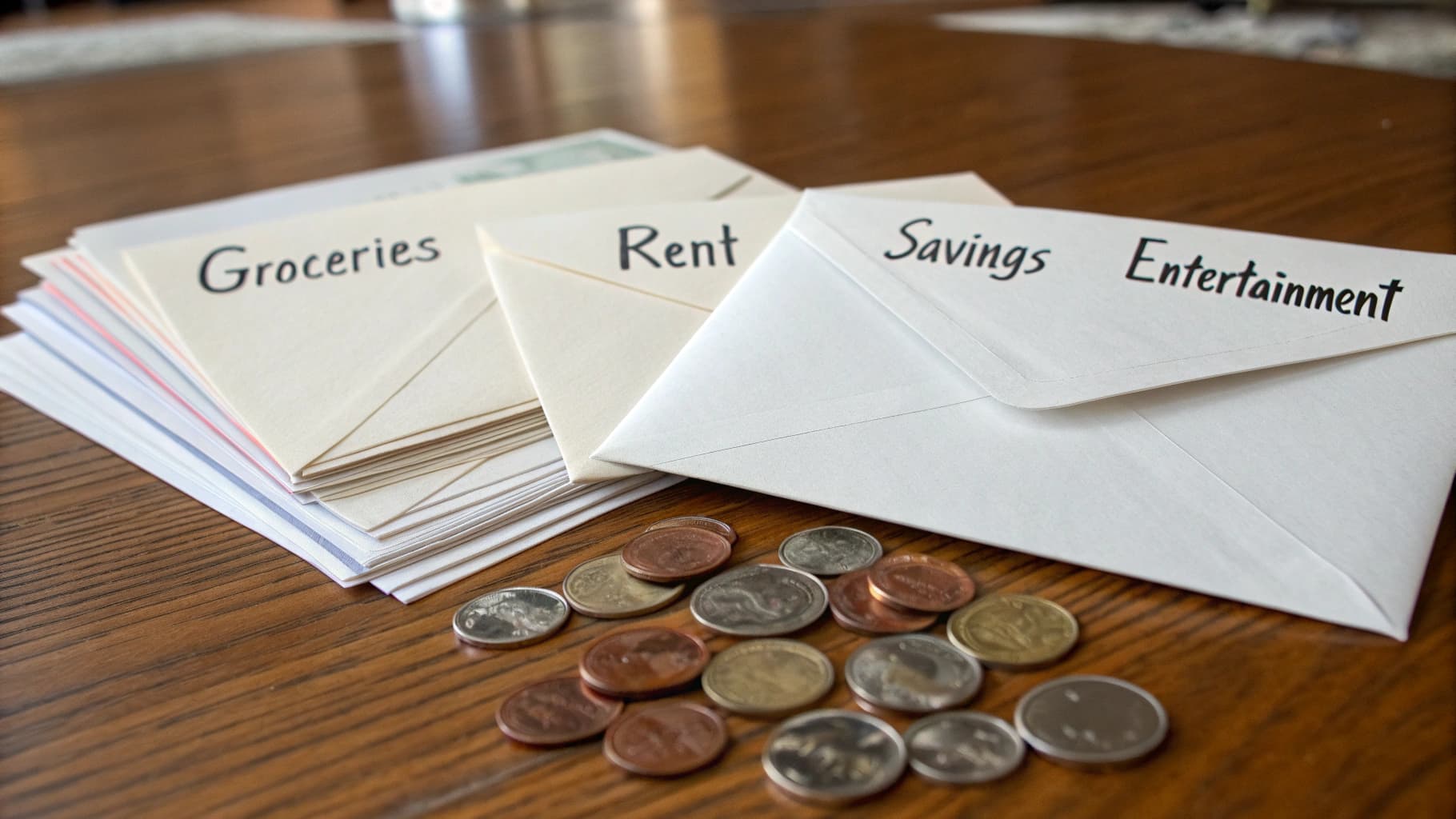Creating a budget is one of the most important things you can do to take control of your finances. But with so many different budgeting methods out there, it can be tough to know where to start.
That's why we've put together this list of some of the most popular and effective budgeting strategies. Whether you're looking for a simple way to track your spending or a more comprehensive approach to managing your money, there's sure to be a method here that's right for you. You might also find it useful to choose a great budgeting app, there's a list of 5 Best Budgeting Apps to Use in 2024 to help you pick.
1. The 50/30/20 Rule
The 50/30/20 rule is a simple budgeting method that divides your income into three categories: needs, wants, and savings/debt repayment.
- 50% for needs: This includes essential expenses like housing, transportation, food, and utilities.
- 30% for wants: This includes non-essential expenses like dining out, entertainment, and hobbies.
- 20% for savings/debt repayment: This includes saving for retirement, paying off debt, and building an emergency fund.
The 50/30/20 rule is a great option for people who want a simple and easy-to-follow budget. It's also a good way to make sure you're saving enough money each month. You can review How to Choose the Right Budgeting App to help you implement this strategy.
2. Zero-Based Budgeting
Zero-based budgeting is a budgeting method where you allocate every dollar of your income to a specific purpose. The goal is to have a "zero balance" at the end of each month, meaning that all of your income has been accounted for.
To create a zero-based budget, start by listing all of your income for the month. Then, list all of your expenses, including both fixed and variable expenses. Finally, subtract your expenses from your income. If you have money left over, allocate it to savings or debt repayment.
Zero-based budgeting is a great option for people who want to be very intentional about how they spend their money. It can also help you identify areas where you can cut back on spending.
3. The Envelope System
The envelope system is a budgeting method where you use cash to pay for certain expenses. To use the envelope system, start by creating envelopes for each of your spending categories, such as groceries, gas, and entertainment. Then, fill each envelope with the amount of cash you've budgeted for that category. You can also find another list of 5 Best Budgeting Apps of 2024 to help you stay on track.
When you need to pay for something in that category, simply take the cash out of the envelope. Once the envelope is empty, you've reached your spending limit for that category for the month.
The envelope system is a great option for people who have trouble sticking to a budget. It can also help you become more aware of how you're spending your money.
4. The Pay Yourself First Budget
The pay yourself first budget is a budgeting method where you prioritize saving money. To use this method, start by determining how much you want to save each month. Then, set up a system where that money is automatically transferred to your savings account on payday.
Once you've saved your desired amount, you can use the rest of your income to pay for your expenses. The pay yourself first budget is a great option for people who want to make sure they're saving enough money.
5. The Reverse Budget
The reverse budget is a budgeting method where you track your spending for a month or two to see where your money is going. Then, you use that information to create a budget that reflects your actual spending habits.
To create a reverse budget, start by tracking all of your expenses for a month or two. You can use a budgeting app, a spreadsheet, or a notebook to track your spending. Once you have a good understanding of where your money is going, you can create a budget that aligns with your spending habits.
The reverse budget is a great option for people who are new to budgeting or who have trouble sticking to a traditional budget.
Summary
No matter which budgeting method you choose, the most important thing is to find a system that works for you and that you can stick with over time. By creating a budget and sticking to it, you can take control of your finances and achieve your financial goals.

